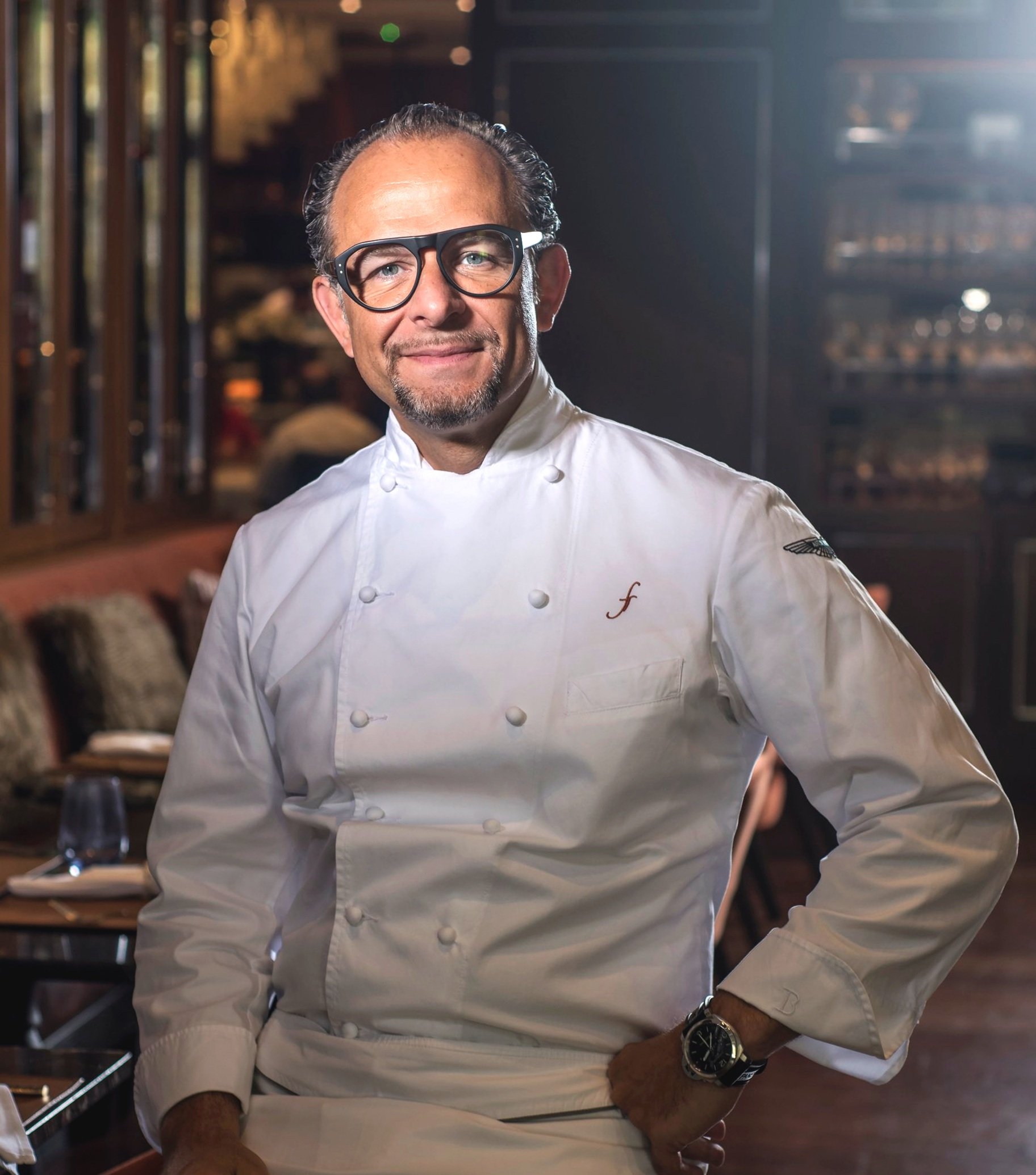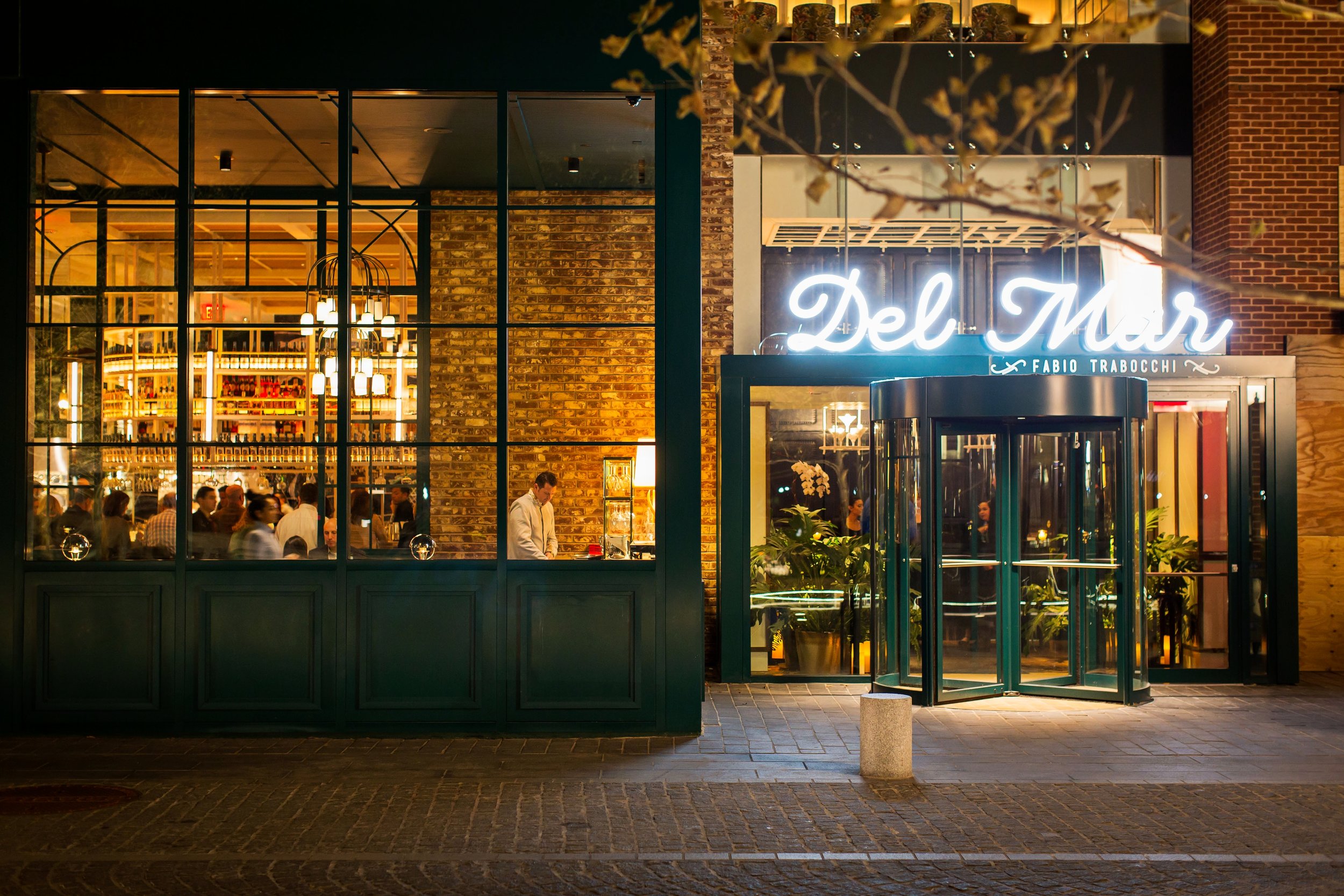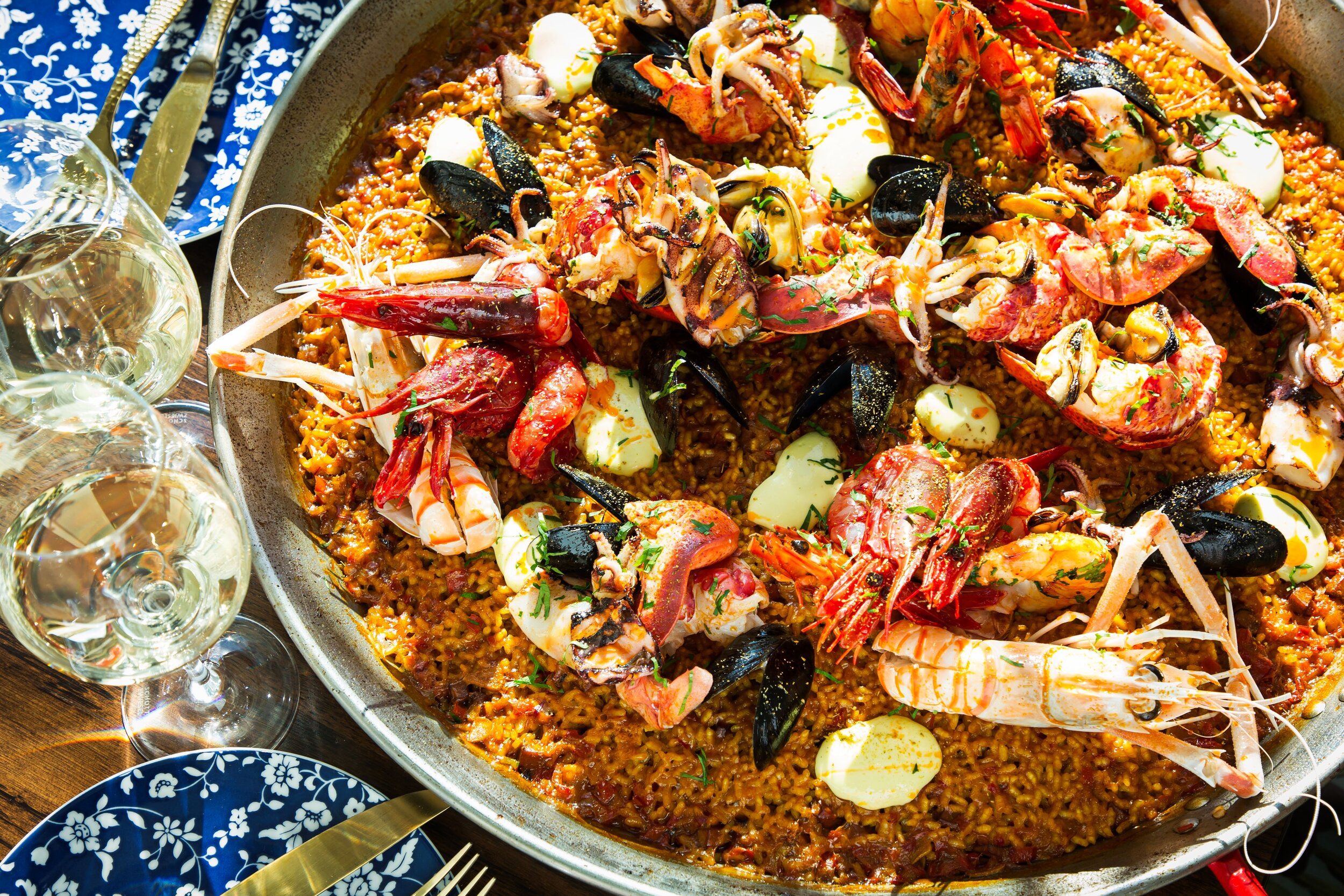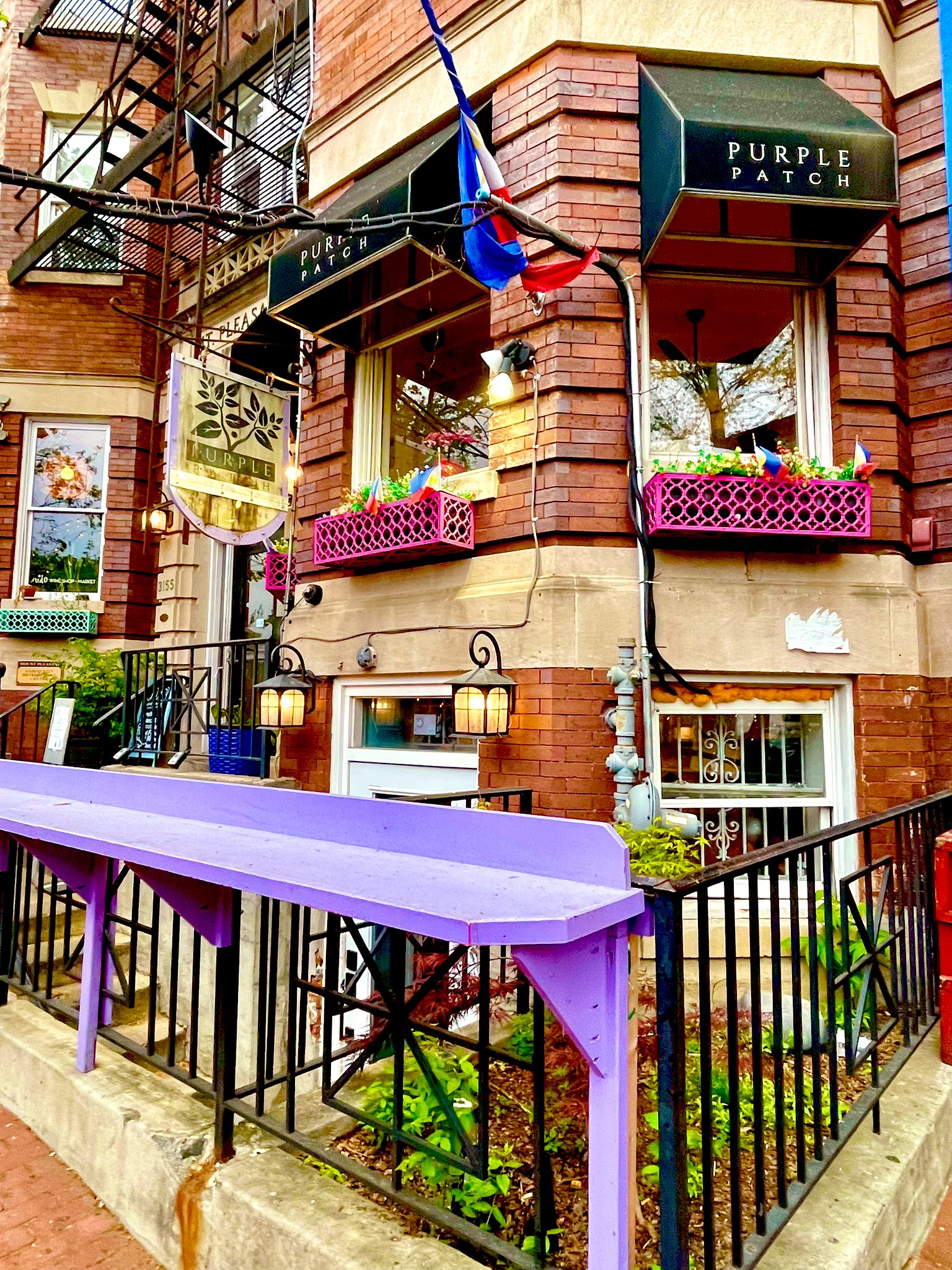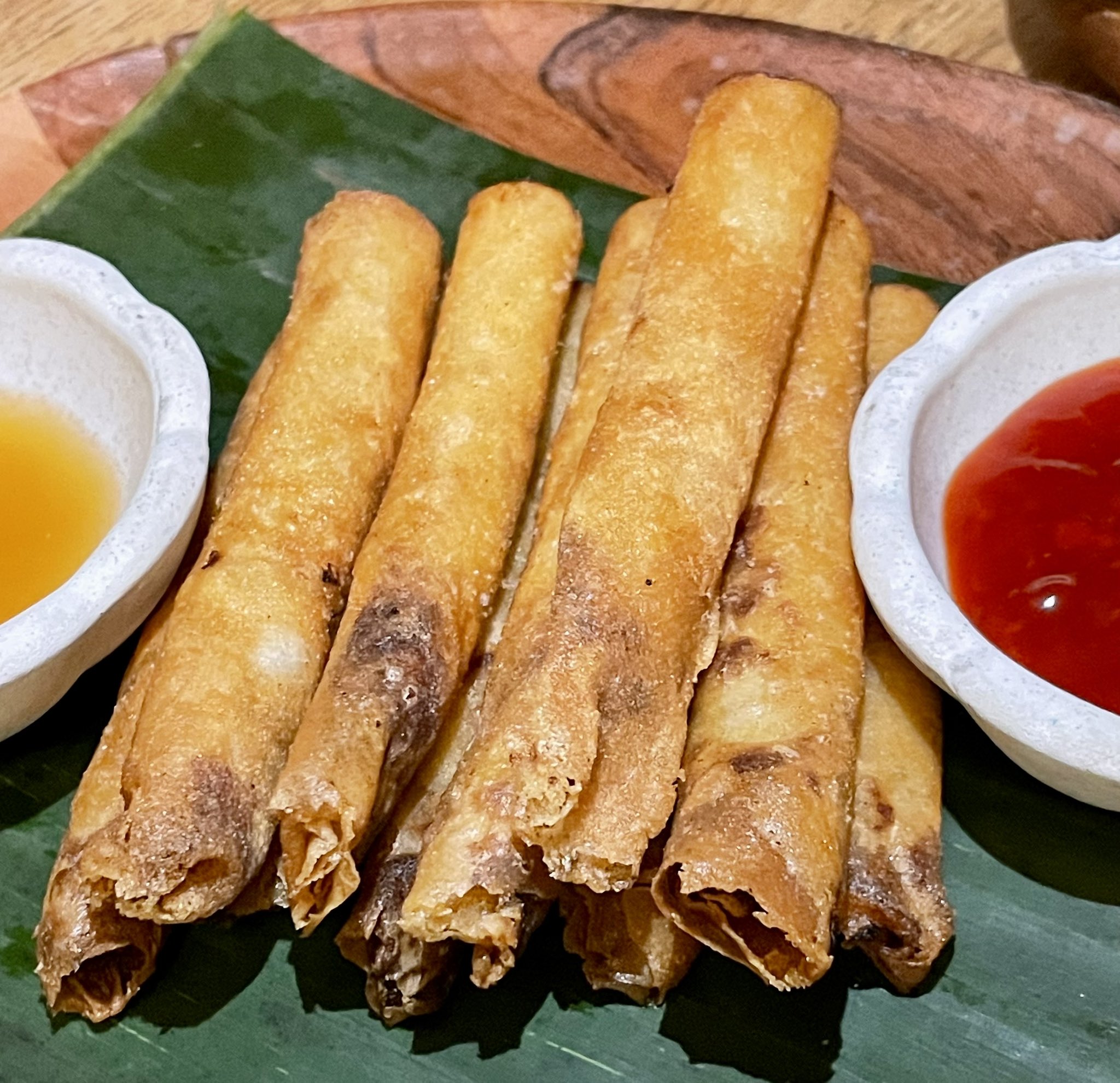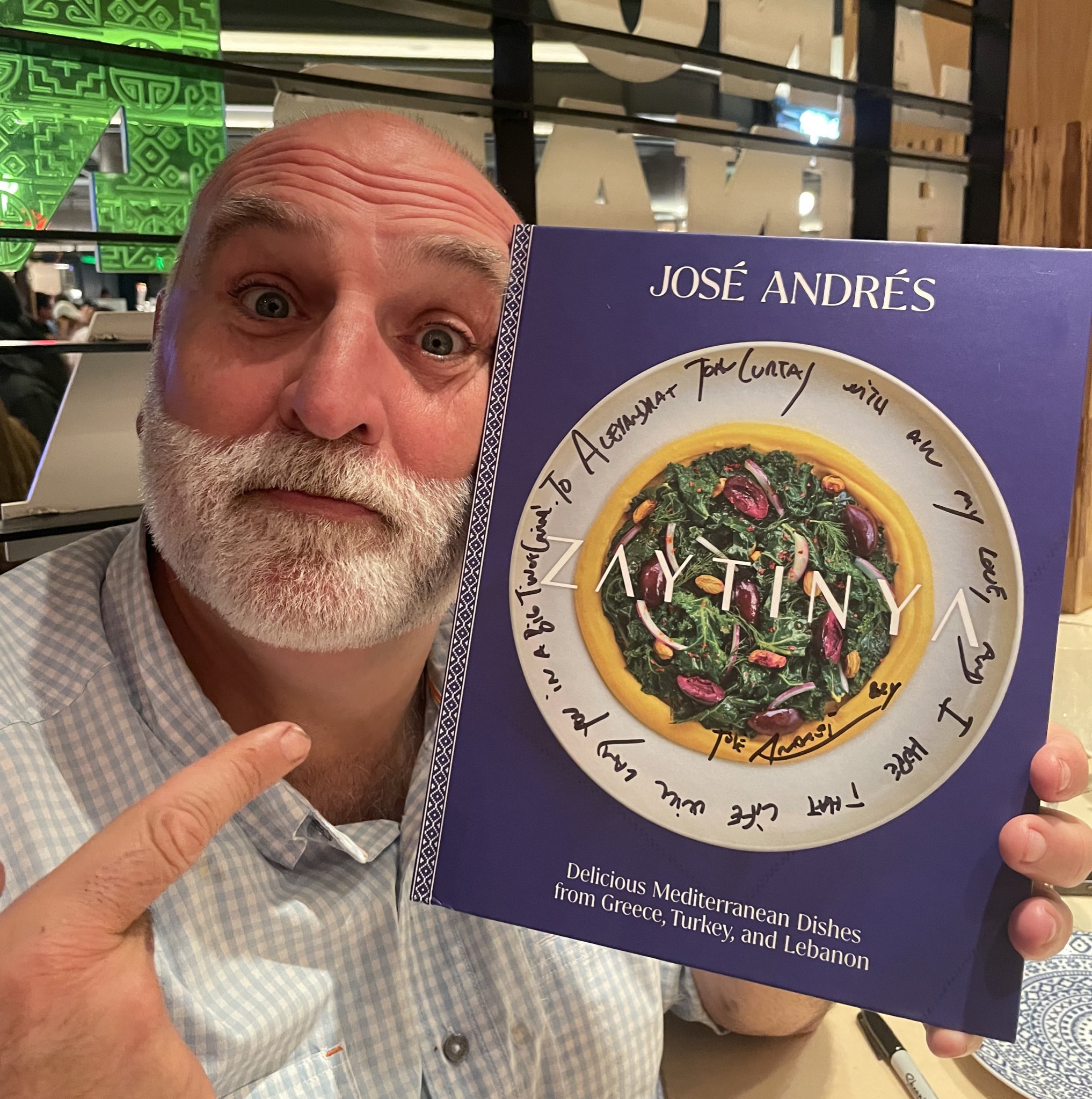
The District of Columbia has neither the history of Boston, the sexiness of New York, nor the cache of Charleston. It is a manufactured city, born of compromise, and possessed (as JFK once remarked) of Northern charm and Southern efficiency. It is an industry town where politics and media converge both to dominate the culture and take themselves way too seriously.
When it comes to restaurants, it may not be in New York’s league (or even Los Angeles’s), but I like to think of it as a large, provincial city with an inferiority complex, always trying to compete gastronomically with the big boys. Sort of like Chicago with better seafood.
My own relationship with Washington D.C. goes way back and is a fraught one. Despite despising politics, I have been strangely drawn here for decades. So much so that I’m just as comfortable noshing around Georgetown, the Penn Quarter, or Dupont Circle as I am navigating the Las Vegas Strip. The obligatory family museum visits when I was growing up led to interning for a Senator on Capitol Hill in 1971, where a big dose of Vietnam War debates inoculated me forever from the disease of partisan politics.
Thankfully it didn’t blunt my appetite for the town, which I think deserves to be more famous for its restaurants than it is.
When I’m in the District (every year for the past ten), I lean towards the tried and true. There’s a whole contemporary food scene with gastro-pubs aplenty, but when I’m there, I enjoy sliding into restaurants that fit like a well-worn blazer, run by decorated veterans who have honed their craft, like José Andrés and Fabio Trabocchi.
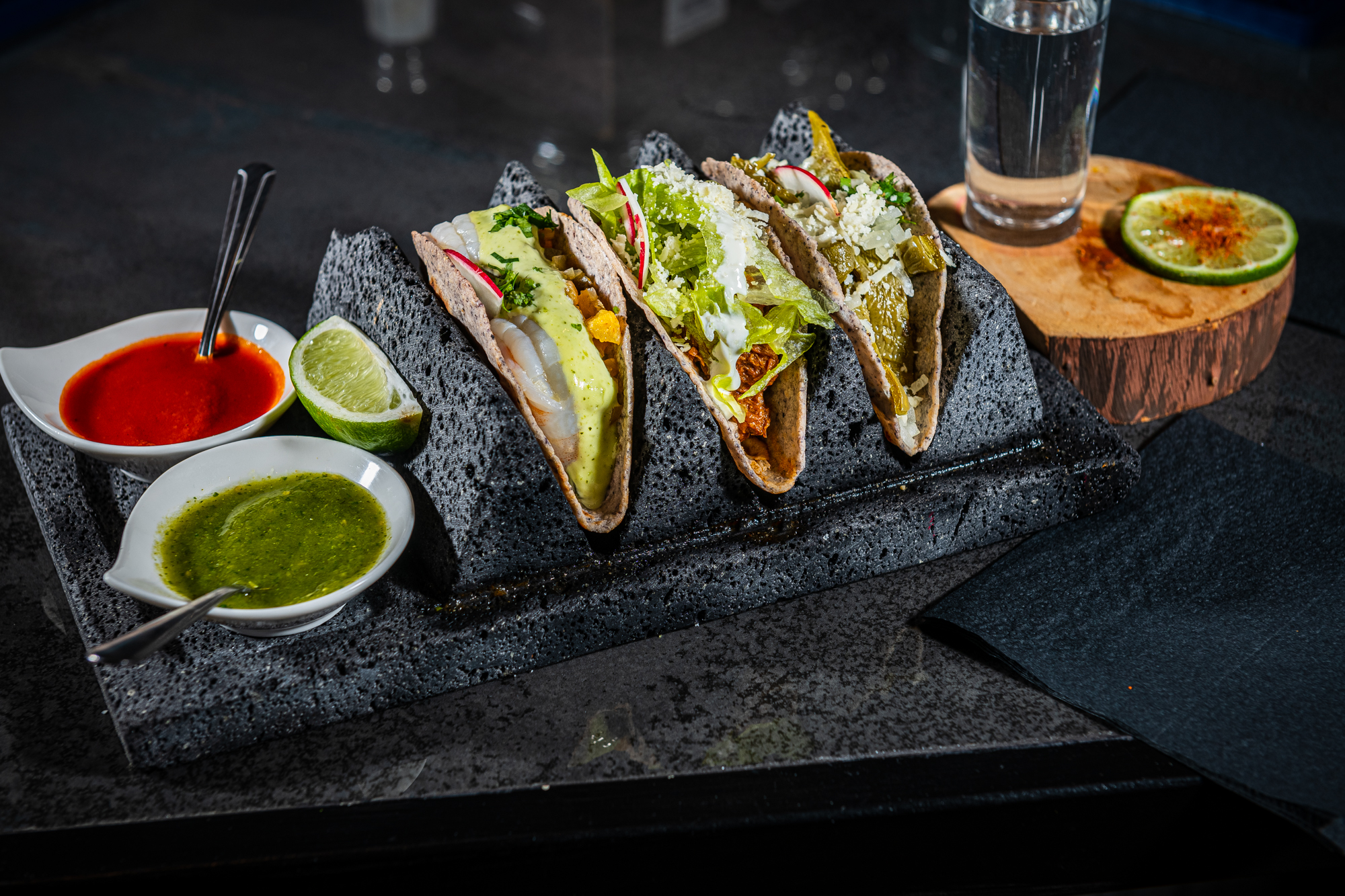 (Let’s taco about how great Oyamel is)
(Let’s taco about how great Oyamel is)
If you hang around the Penn Quarter, you can eat very well and never leave the Andrés orbit. Our last trip found us popping into Oyamel for some exemplary tacos (above) and mouth-searing aquachile before we hit the National Gallery. Across the street is the amazing Asian-Peruvian mashup of China Chilcano (the $70 Peruvian tasting menu is a steal) and down the same block you’ll find the original Jaleo, which, despite its age (circa 1993), remains one of the best Spanish restaurants in America.
Having eaten in all three multiple times, I can confidently state you can close your eyes and point on the menu and still be seduced by whatever shows up on your plate – whether it’s a soothing huitlacoche quesadilla, a bracing Peruvian ceviche, or the liquified olives “Ferran Adrià.” A remarkable triple threat of authentic, in-your-face-flavors mixed with enough panache to keep us coming back for decades now.
The most popular of all is Zaytinya — Andrés’ take on Greek, Turkish and Lebanese food, just a couple of blocks north from where it all started. All of his restaurants are busy, but despite Zaytinya’s size, age (circa 2002), outdoor seating, and multi-levels, it has become one of the toughest tables in town. One bite of the hommus ma lahm (with ground lamb and pine nuts), soujouk pide (spicy sausage flat bread), kebab platter or smoked lamb shoulder will tell you why. When they open a branch in Vegas later this year, you can expect it to be mobbed as well.
I’ve never had a bad meal in a Fabio Trabocchi restaurant; indeed, I’ve never had a bad bite. He’s one of the best working chefs in America, and you could plan your D C. visit around each of his eateries and be assured of dining on cooking as polished as any in the country.
Fiola – DC is his flagship, and takes a back seat to no Italian, and features menus both traditional “La Tradizione” ($225) and more inventive Il Viaggio (“The Journey” $285). During the week (Tuesdays-Wednesday-Thursday), you can order a la carte and be assured that whatever appears (from the Pappa al Pomodoro to the mixed seafood pasta to the langoustine with stracciatella and limone) will compete with the best version you have ever had, both visually and in the mouth. The wine list is a dream (and full of trophy bottles, natch), and the waiters all look as good as the food. It’s sad that it isn’t open for lunch anymore, but snare a seat at the bar and you’ll see a parade of D.C.’s finest flock in for the unforgettable food.
Moving to less formal waters, Trabocchi’s Fiola Mare (Italian seafood) sits right on the Potomac in Georgetown and wheels the catch of the day by every table for the discriminating to choose, while Del Mar (above) is located directly south of the The Mall at the District Wharf) is an eyeball-popping ode to jamon, tapas, sobrassada, and Spanish seafood. (Historical footnote: this completely gentrified, now-bustling multi-use riverfront was where we learned to gorge on Eastern Shore seafood back in the early 1970s, at the long-defunct Hogate’s.)
Del Mar practically assaults your senses with its primary colors, seafood motif, and endless array of fish and shellfish, both cooked and raw, and its jamon and paella presentations are José worthy. Both chefs now cast a wide net over the D.C. restaurant scene, and over two decades have done as much anyone to bring our nation’s capital into the big leagues of destination restaurants.
But man does not live by celebrity chefs alone, and D.C. remains the American capital of French bistros, even if their numbers have diminished over the years. One needn’t look hard in the NW quadrant to find Gallic gastronomy faithful to the haute bourgeois cooking of Paris. Here it is at its imported best, with more venues ready to provide satiety when cravings strike for ris de veau, steak au poivre, and moules marinière. Three old favorites are Bistrot Du Coin a few blocks from Dupont Circle (where the champagne list is legendary for selection and modest prices), Le Diplomate (a perfect facsimile of a Parisian brasserie, legendary for being packed at brunch), and the jewel box which is Bistrot Lepic in upper Georgetown. Their menus are about as trendy as boeuf bourguignon, but when you step through the doors, the warm embrace of wine-infused cooking permeates the room, the food, and your soul.
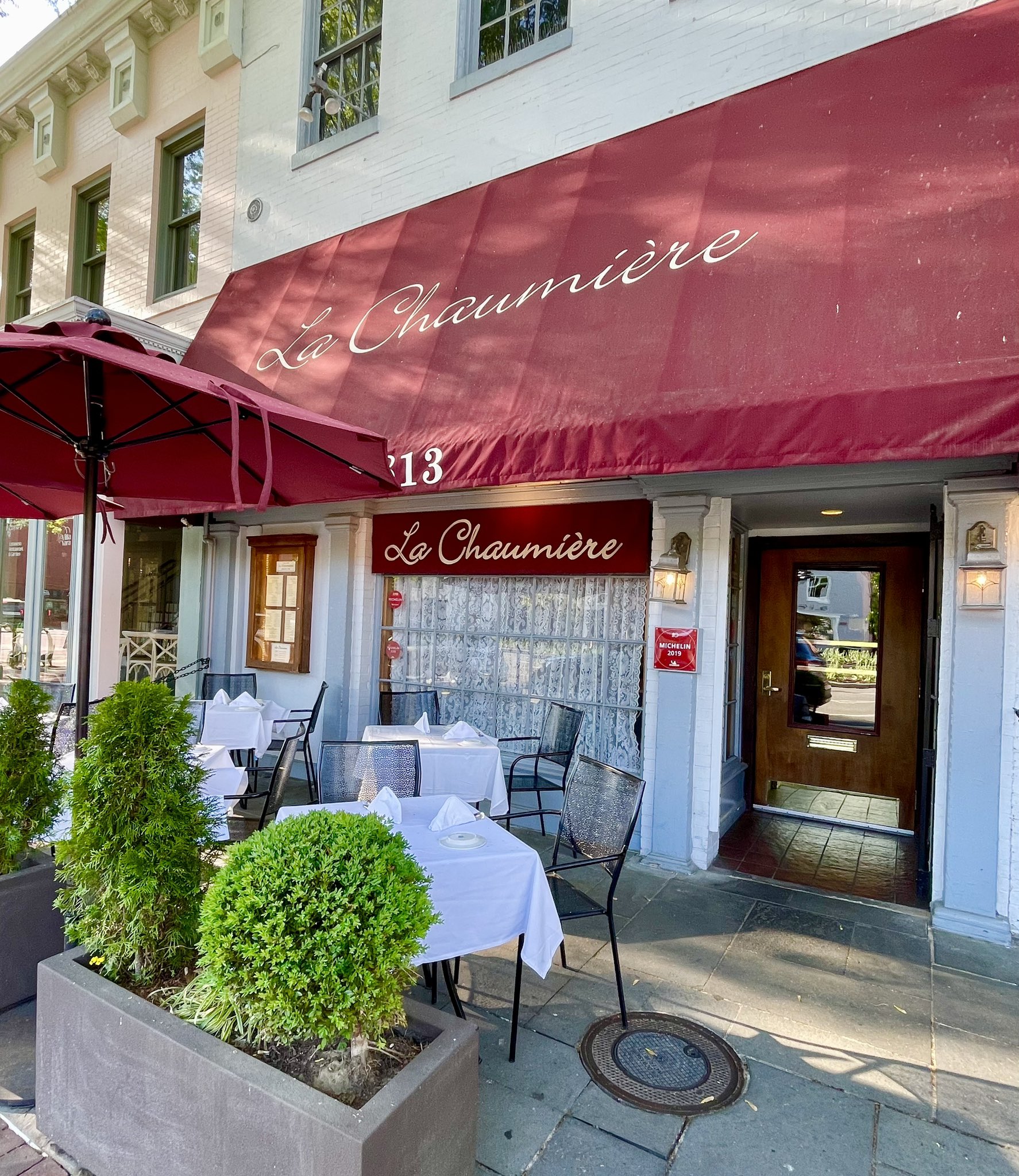
The oldest of the bunch — La Chaumière — features a menu straight from 1976 and is none the worse for it. It had been forty-six years since we first ducked into the white, timbered dining room, and tucked into a Quenelle de Brochet Sauce Homard:
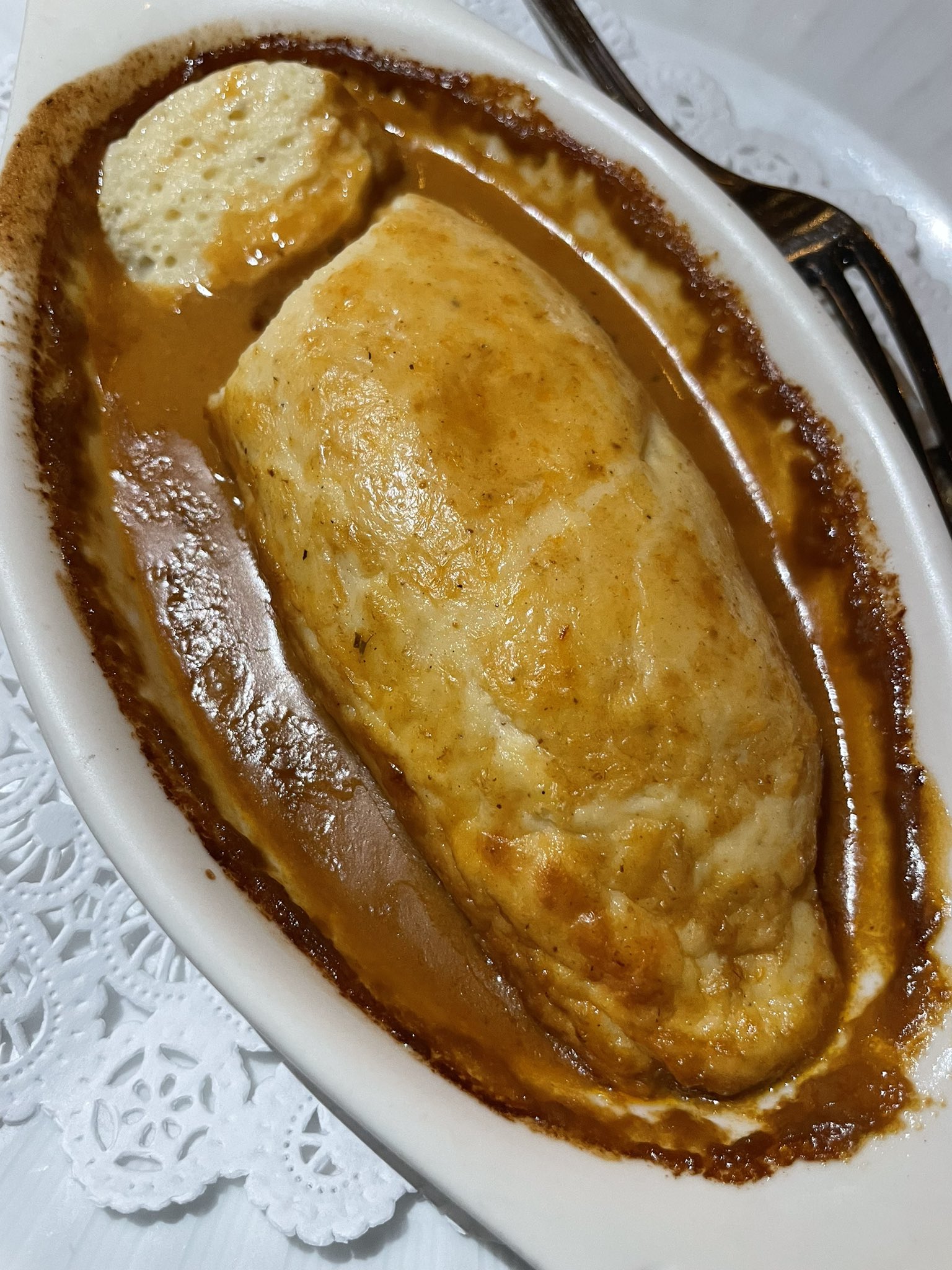
….and with one bite we were transported to that imaginary French farmhouse of our youth. When you cut your teeth on a certain type of cuisine you never forget it, and dishes like those dumplings, torchon de foie gras, Dover sole and crême caramel are what made me fall in love with food in the first place.
As comforting as all of these are, even a nostalgic old soul occasionally looks for something new. Which is how, at the urging of a Filipino foodie friend we happened upon the Purple Patch in a not-exactly-tourist-friendly part of town.
To say we were skeptical at first is an understatement. Filipino has always been the Rodney Dangerfield of Asian cuisines. Fried, heavy and greasy, and dominated by flavors neither complex nor refined. To be fair, it is not a single culture, but more like a melange of regional foods (from over 7,000 separate islands) which are usually about as subtle as a Manny Paquiao right cross.
None of which applies to what Filipino-American chef Patrice Cleary is whipping up these days in the rapidly gentrifying Mt. Pleasant neighborhood — invoking precise levels of seasoning and technique not normally associated with this cuisine.
One taste of her vegetable slaw, papaya salad with cured pork (below), crisp, addictive lumpia, or hauntingly savory mushroom pancit announces that you have left the land of steam tables and greasy fried fish, and entered a new realm of sticky-rich lechon, lightly-fried tofu, and ginger-infused sweet-sour snapper, which command attention for their careful cooking, vivid flavors and balanced textures.
The restaurant itself is a confusing hoot: a tri-level maze of warrens, pockets, and hallways carved out of a Mt. Pleasant townhouse. I wasn’t sure we were in the same building when I took my seat in a subterranean skinny cavern of a space. None of which mattered once the platters of the shockingly fresh food start appearing.
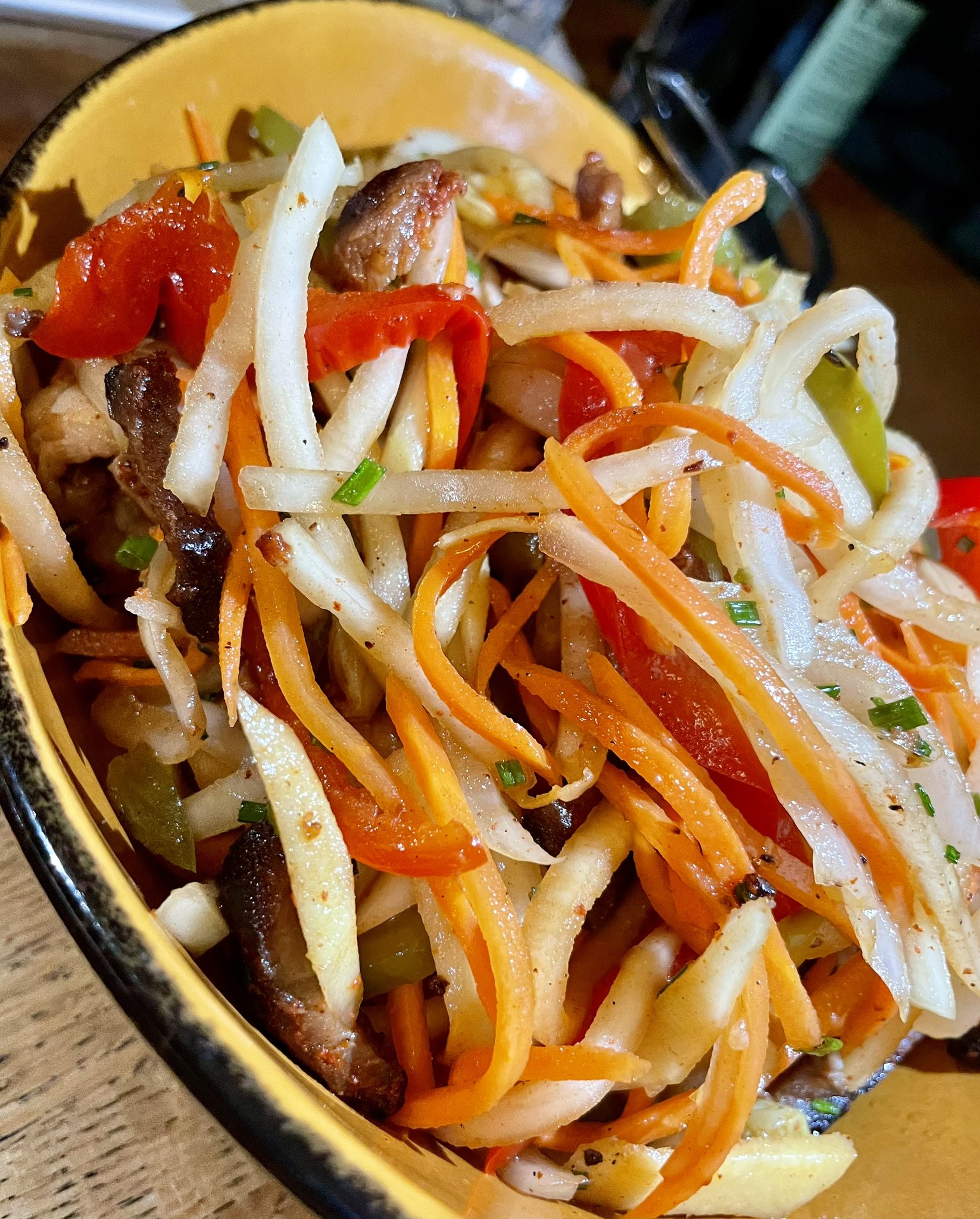
These recipes can hold their own with any Asian cuisine (again something not normally said of the Philippines), and were much brighter and lighter than anything I’ve ever tasted with this moniker attached to it.
It is something of a shame that a Las Vegan must travel 2000 miles east to find such a culinary celebration of this culture. Especially since Vegas is crawling with Filipinos: If all the them exited tomorrow, there wouldn’t be a nurse left in Clark County.
But travel here we have, twice now, to what might be the best Filipino restaurant in America. An opinion our old friend, Washington Post critic Tom Sietsema (@tomsietsema) probably agrees with, since he named Purple Patch his Restaurant of the Year 2023.
Mabuhay!
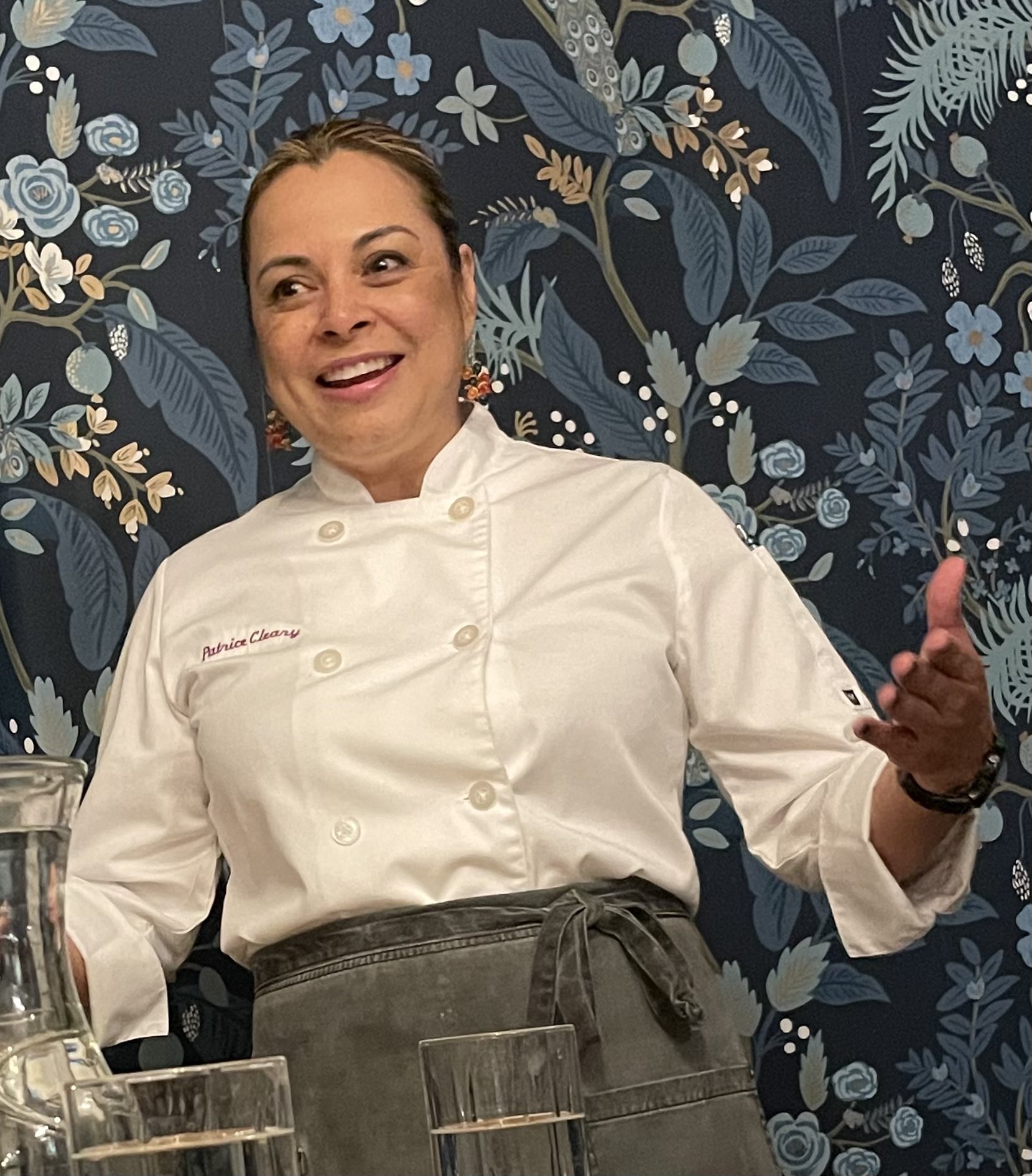
>>>>>>>>>>>><<<<<<<<<<<<<
Washington D.C. has come a long way since my days of dining at Kinkead’s (closed 2012), Citronelle (2012), Galileo (2006), Jean-Louis (1996), Duke Zeibert’s (1994),, and Sans Souci (1983). The power lunch crowd probably eats at their desks these days, and of-the-moment restaurants (like Rose’s Luxury or The Dabney) are informal, chef-driven and aimed more at the Instagram crowd than the movers and shakers who once defined the dining scene.
While I have nothing against locavore-obsessed chefs and open-hearth cooking, much of the D.C. restaurant landscape now feels like any other big city — where you can get everything from top-grade sushi to fabulous pizza to various world cuisines. (West African or Laotian anyone?).
In 2024, you can dine as well in Washington as anywhere in America, but in the newer joints, you will feel like you’re eating anywhere in America.
Which is why I gravitate to time-worn bistros and old-school chefs. Give me classic Spanish, Italian seafood, or a French bistro any day (or an occasional envelope-pushing Filipino), and I am one happy Boomer, who still remembers the way we were, strolling the mean streets of Georgetown, in 1978.
